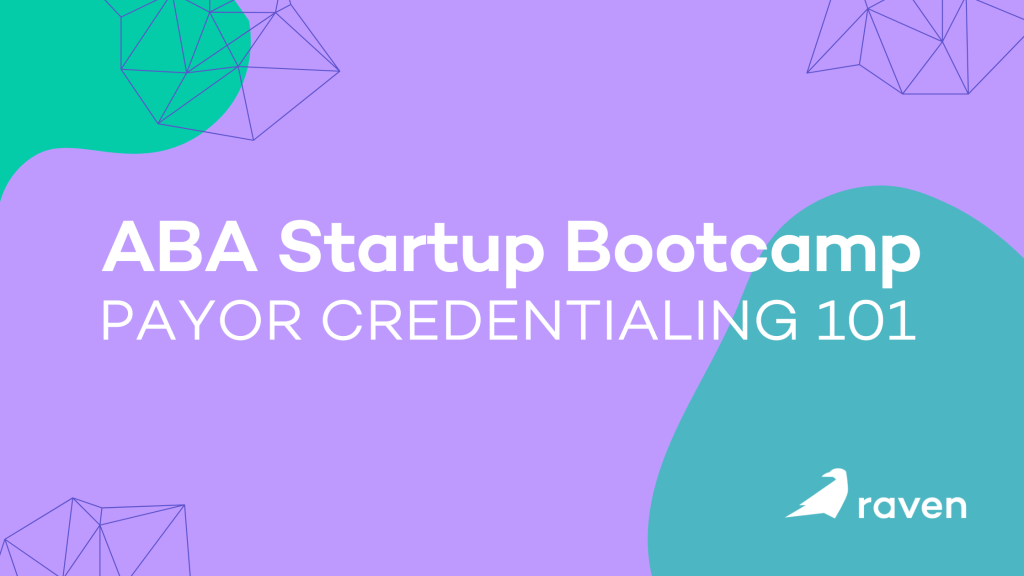
Congratulations! You’ve made the decision to take the leap and start you own ABA therapy clinic. As a first step you have already started the payor contracting process. Almost immediately, the first payor you contact lets you know that you need to go through a credentialing process. What’s involved with that?
One of the critical steps in establishing your new clinic involves navigating the payor credentialing process. Being organized and doing this the right way for your very first payor is crucial as it allows you to partner with insurance companies, making your services accessible to a broader range of clients and ensuring that you receive timely payments for services rendered. Here’s a step-by-step guide tailored for new BCBA clinic owners entering the world of payor credentialing.
Understanding Payor Credentialing
Payor credentialing is the process by which insurance networks assess and verify a healthcare provider’s qualifications and professional standing. This process is vital for any new ABA clinic as it directly impacts your clinic’s ability to bill through insurance, which is a significant component of your business model.
Step 1: Prepare Your Documents
The credentialing process is document-intensive, requiring you to provide detailed professional information. Here’s a checklist of what you might need:
- Professional Resume: Detailed and up-to-date.
- Copies of Licenses: Including your BCBA certification and any other relevant state or professional licenses.
- Proof of Insurance: Malpractice and liability insurance certificates.
- Tax Identification and NPI Numbers: Ensure you have these identifiers ready.
- References: Typically, three professional references are requested.
Having these documents prepared in advance can significantly speed up the process.
Step 2: Choose Your Payors
Decide which insurance companies you want to work with. Consider factors such as which insurers are popular in your area, the ease of dealing with specific payors based on other BCBAs’ experiences, and the rates they offer. Once selected, contact each payor to obtain their credentialing application and details about the process.
Step 3: Complete Application Forms
Fill out the credentialing application forms thoroughly. Any inaccuracies or omissions can delay the process, so it’s crucial to double-check all entries. Submit the required documentation as specified by the payor. This often includes submitting copies of your licenses, resume, and proof of insurance.
Step 4: Follow Up Regularly
After submitting your applications, proactive follow-up is essential. Credentialing can take anywhere from 90 to 180 days, and sometimes longer. Regular follow-ups help ensure that your application is being processed and can help identify any issues early on.
Step 5: Review and Negotiate Your Contracts
Once your credentialing application is approved, you’ll receive a contract from the payor. Review this contract carefully, possibly with legal assistance. Pay attention to rates, the services covered, and other obligations. If necessary, negotiate terms to better suit your clinic’s needs.
Tips for Speeding Up the Process
- Organization: Keep all your documents organized and readily accessible.
- Accuracy: Ensure all information is accurate to avoid back-and-forth corrections.
- Professional Help: Consider hiring a credentialing specialist to manage the process.
Conclusion
Getting through the payor credentialing process is one of the first major hurdles you’ll face as a new BCBA clinic owner. While it can be time-consuming and sometimes frustrating, it’s a crucial step in setting up a successful ABA therapy practice. With careful preparation, organization, and persistence, you can navigate this process effectively, laying a solid foundation for your new clinic.
Starting your own clinic is no small feat, but with the right approach to credentialing, you’re paving the way for a thriving practice that can make a significant difference in the lives of many.